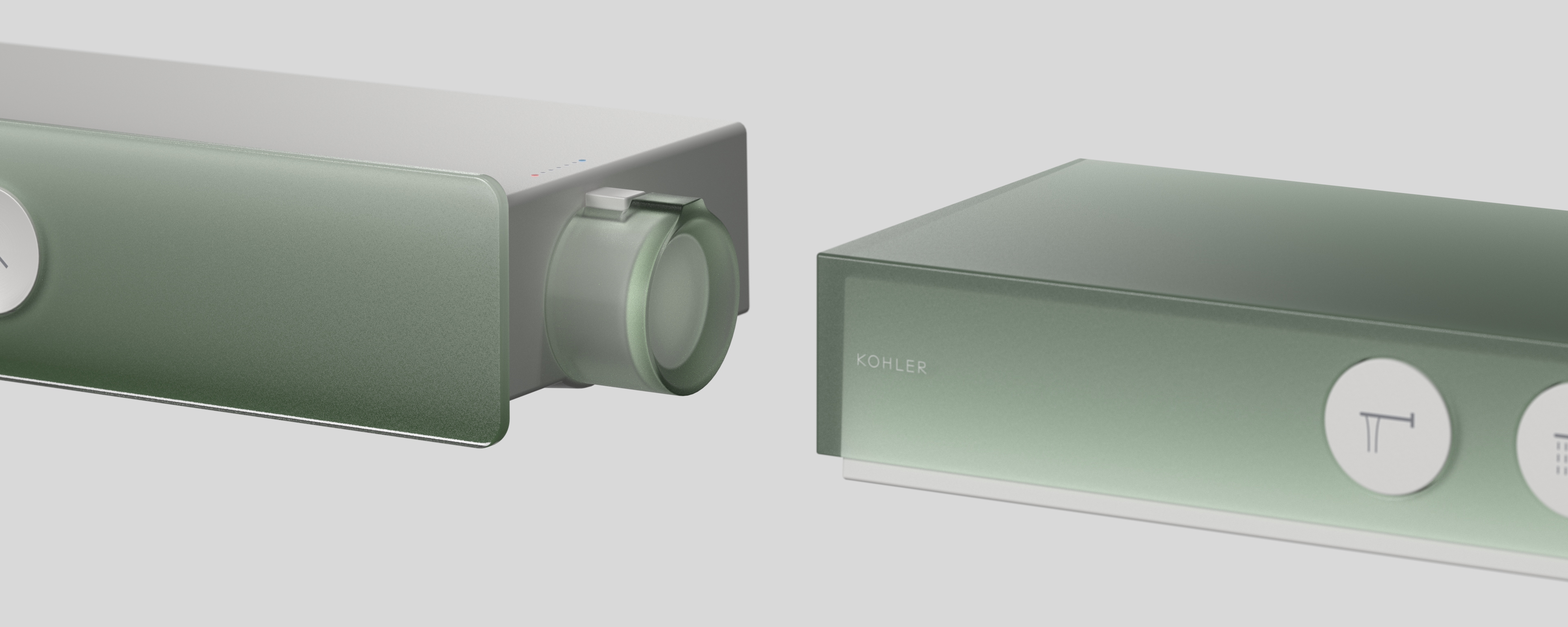Lucid Ambiguity
Explore Translucence
The following presents a series of CMF explorations I conducted at Kohler. Use injection-molded translucent plastic as the medium, they evoke nuanced emotions through natural color gradients. The translucent pieces are defined within bold geometric intersections, with dramatic thickness variation generating complex refractions and scattering. At times bright and clear, at times shadowy and hazy, the simple geometries enclose elusive light and shadow, creating a lucid yet ambiguous materiality reminiscent of water.
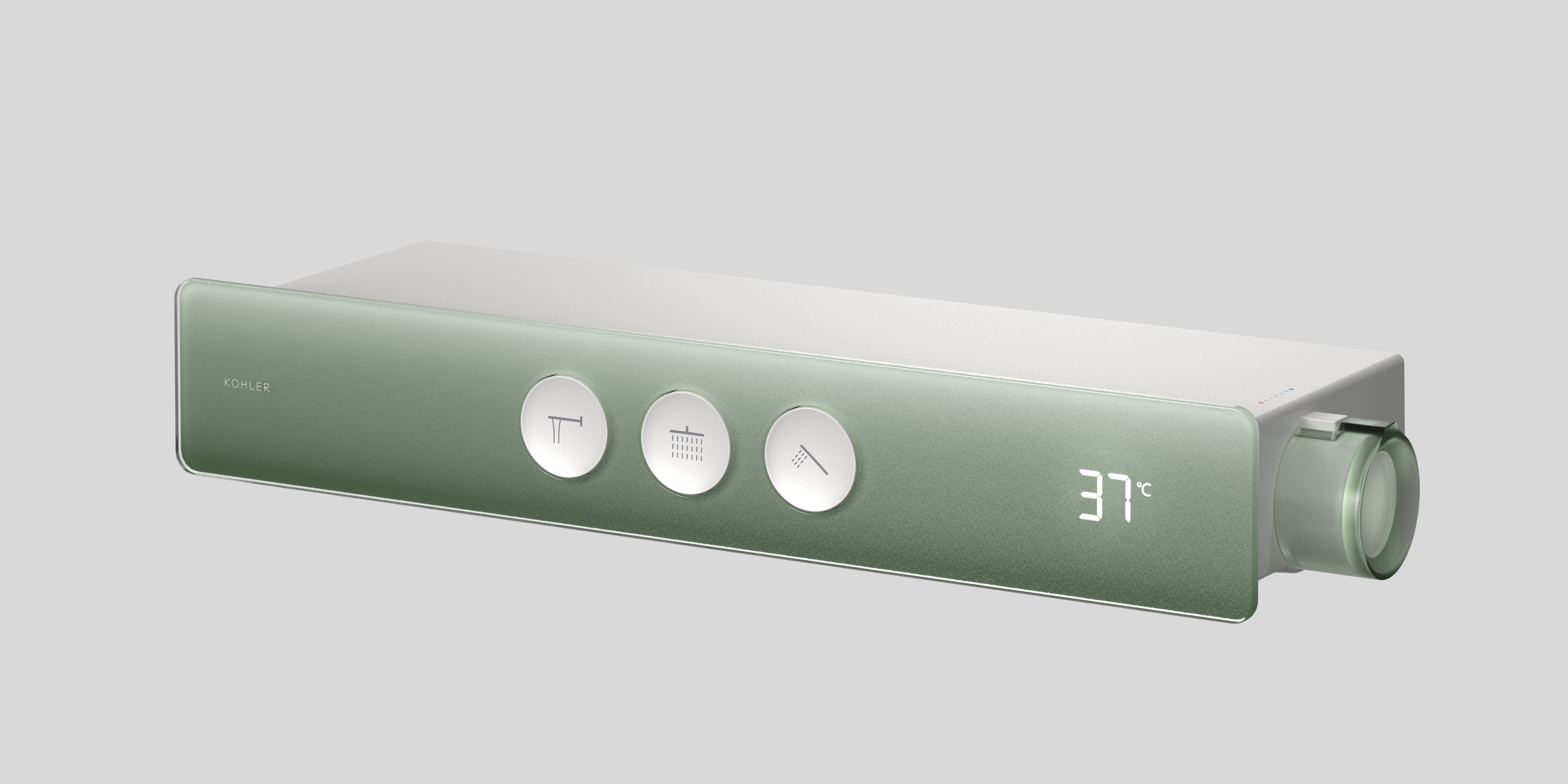
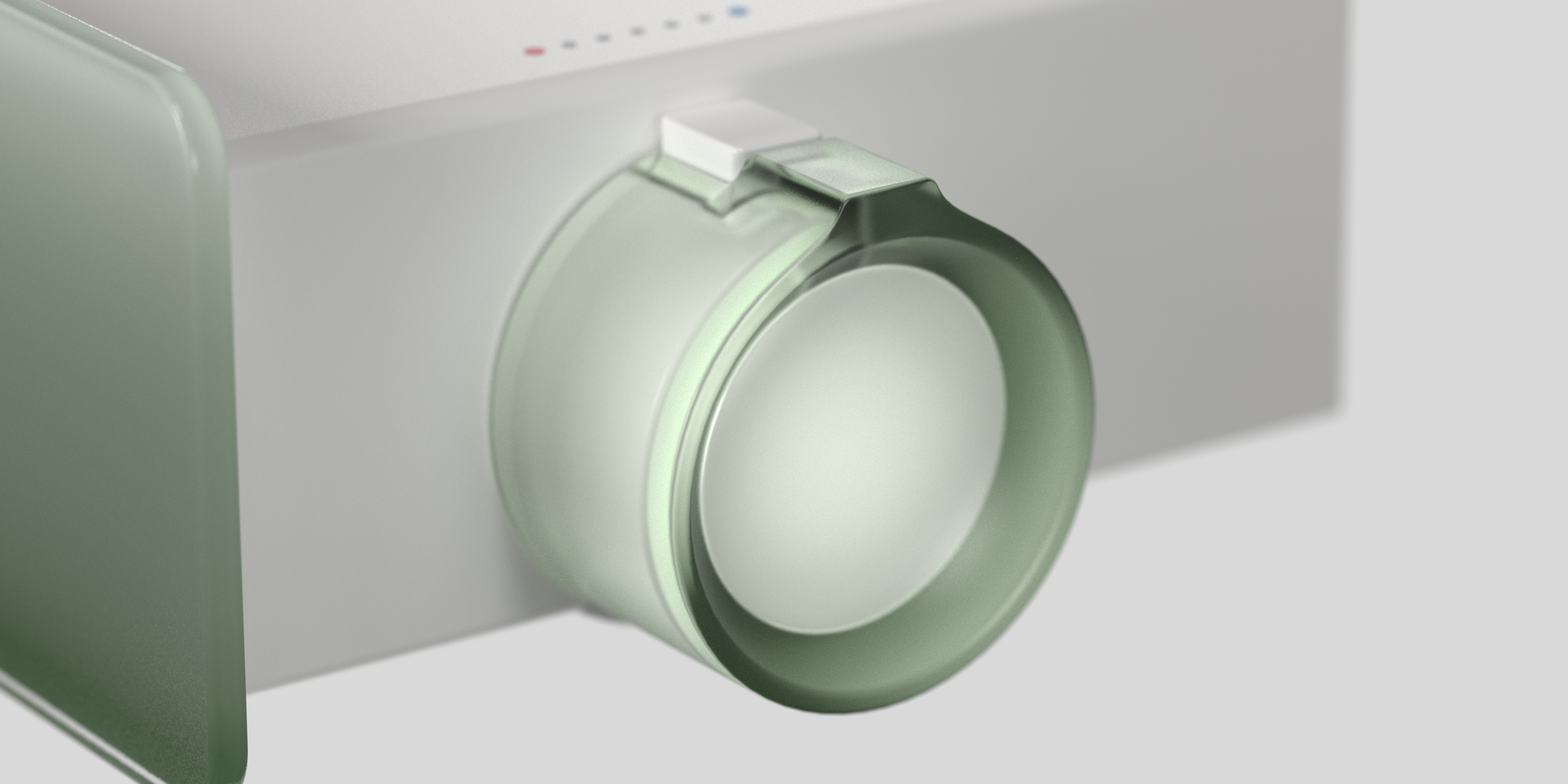



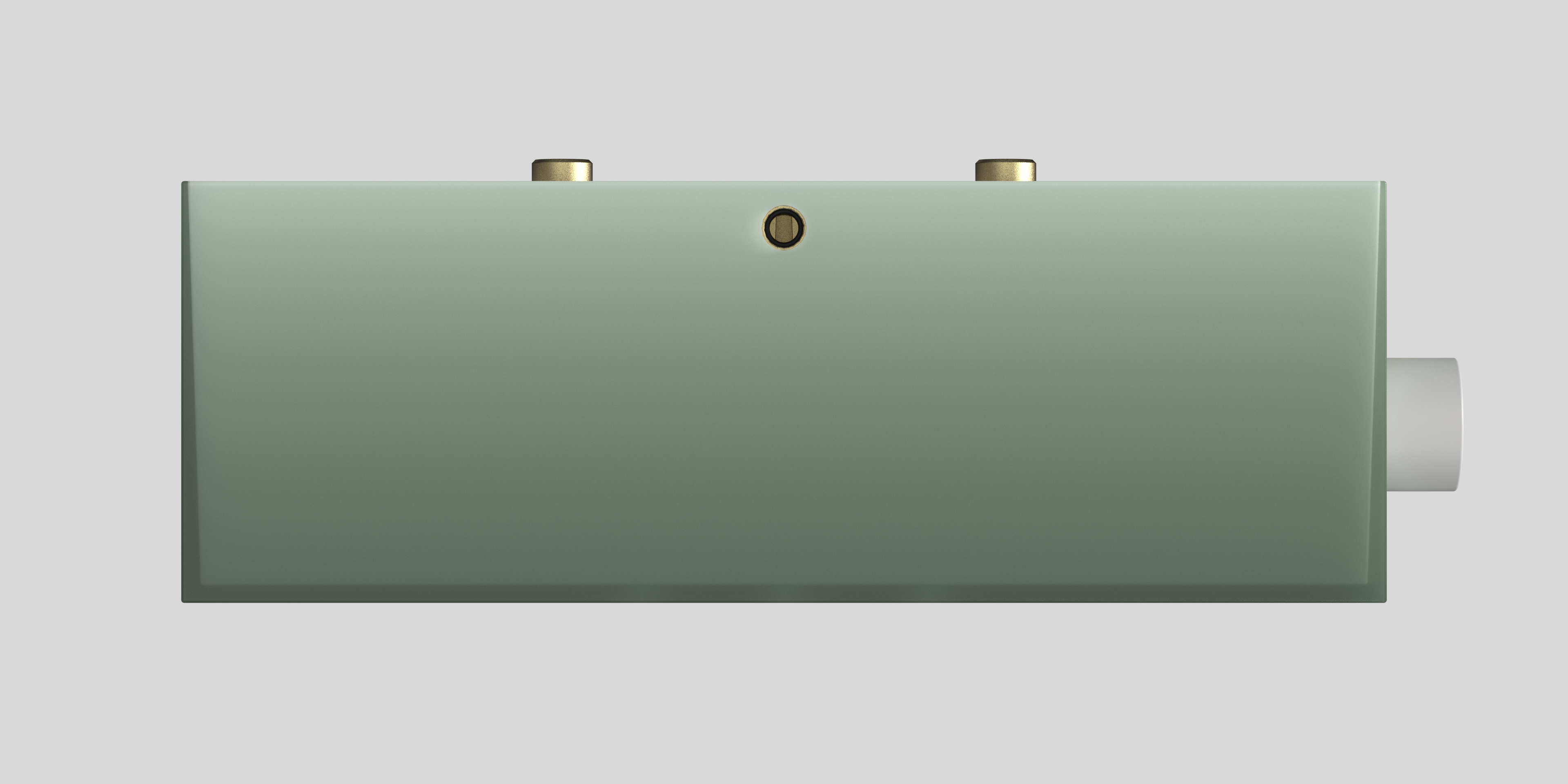
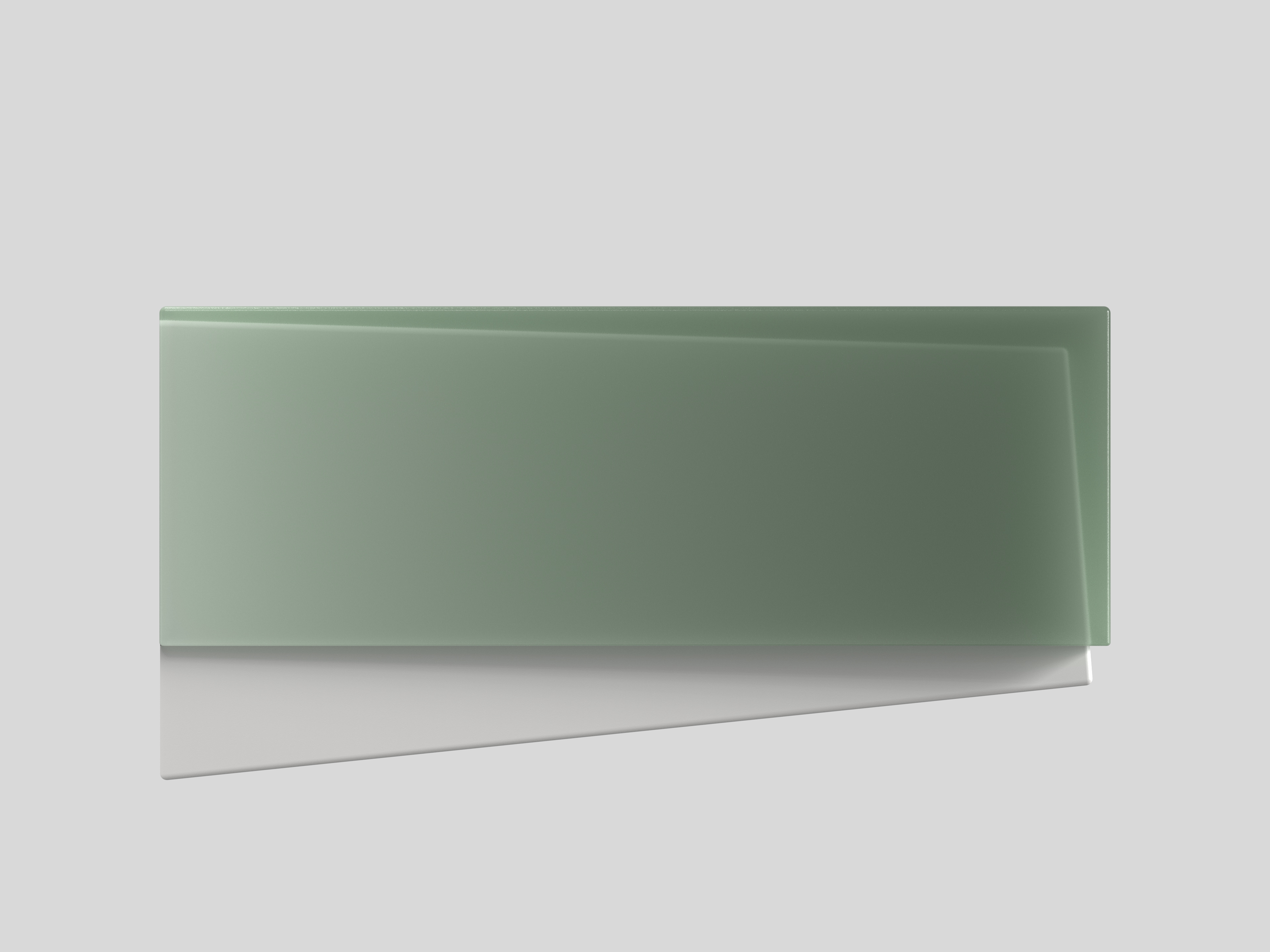

A Touch of Gradient, A Striking Effect
This concept was initially developed for an ad-hoc shower valve project. Due to the extreme urgency, the overall structure could not be changed, only CMF adjustments were possible. I therefore introduced refined gradients on the front panel and knob, attempting to anchor a watery connotation.
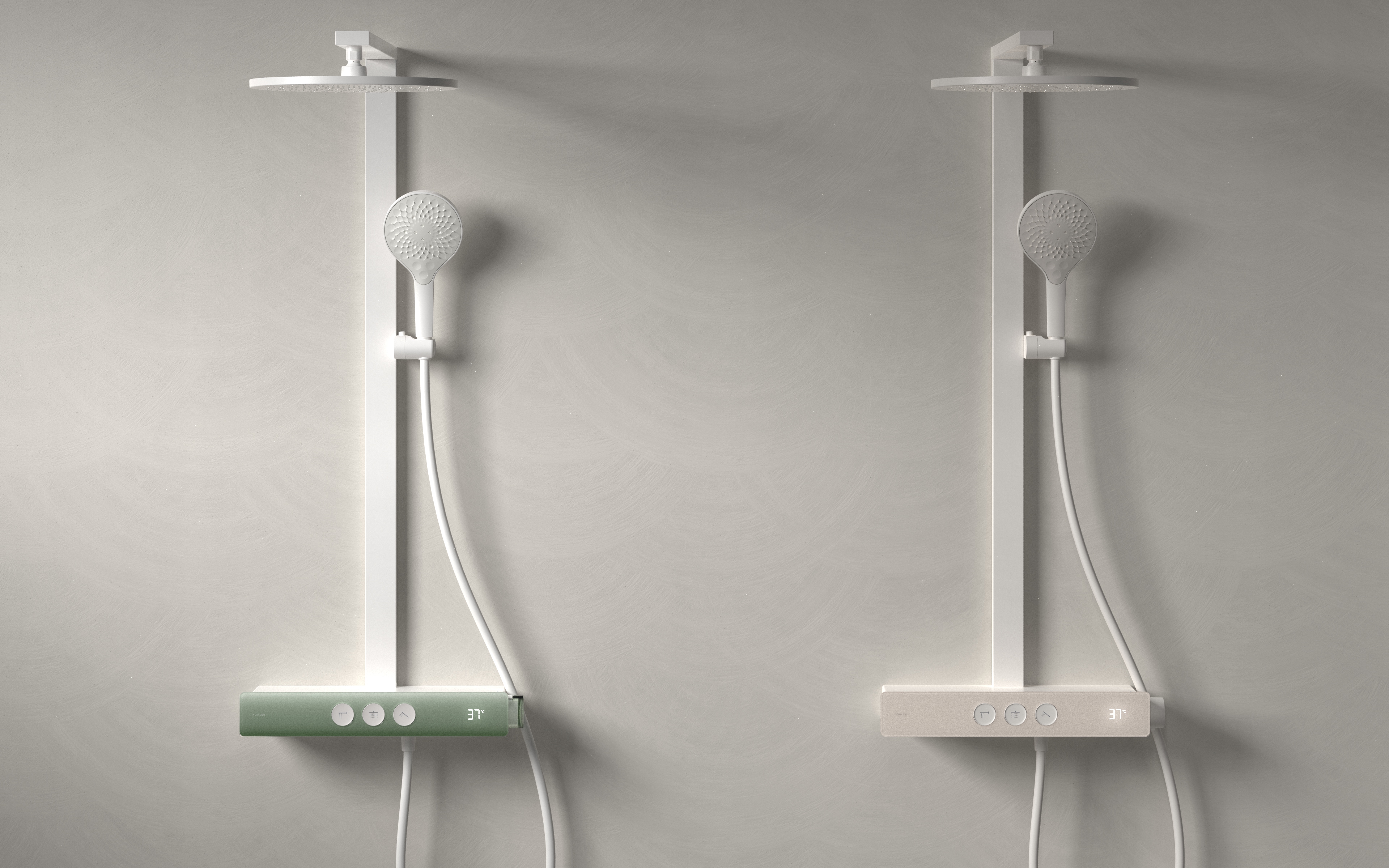
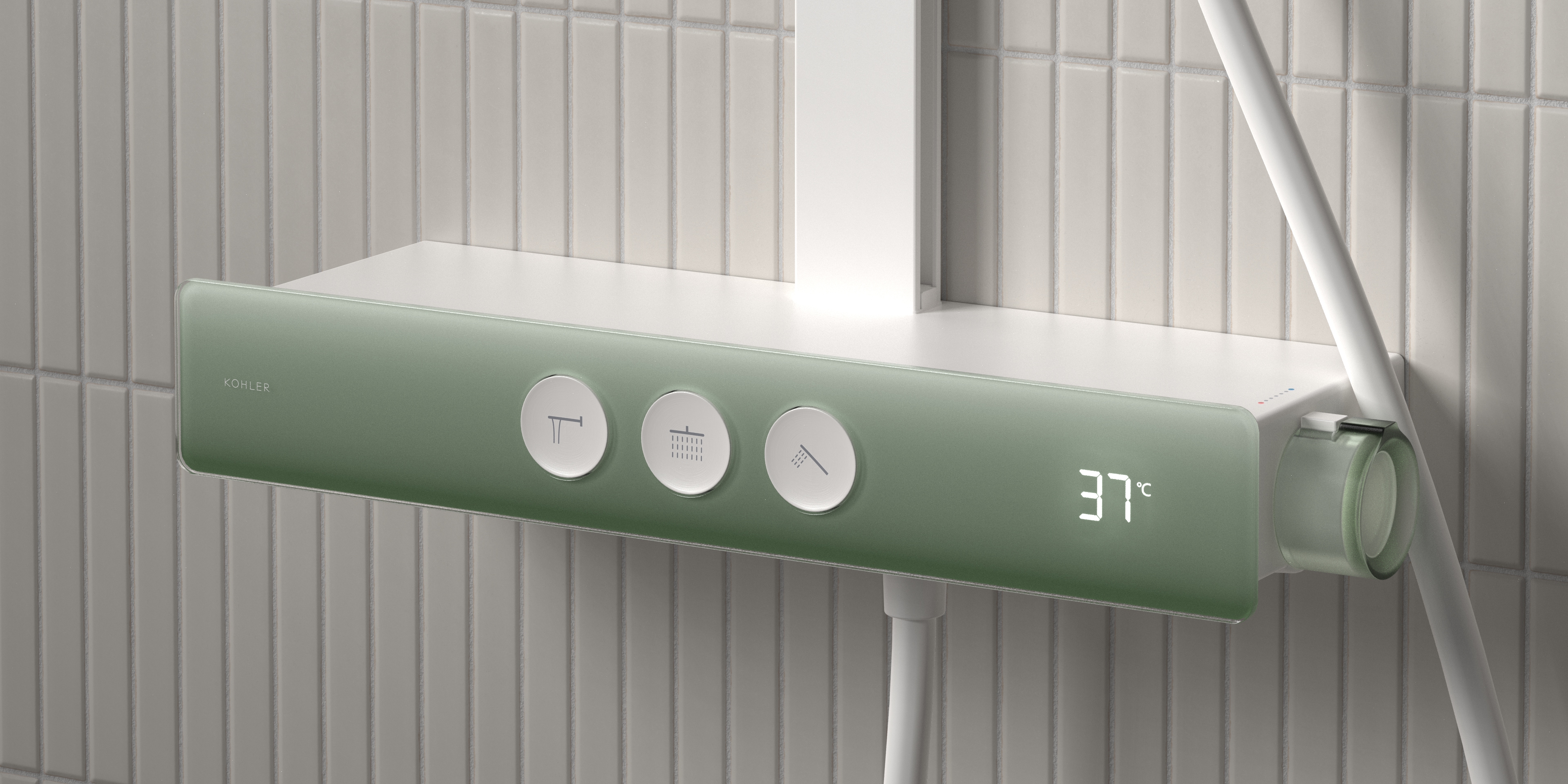
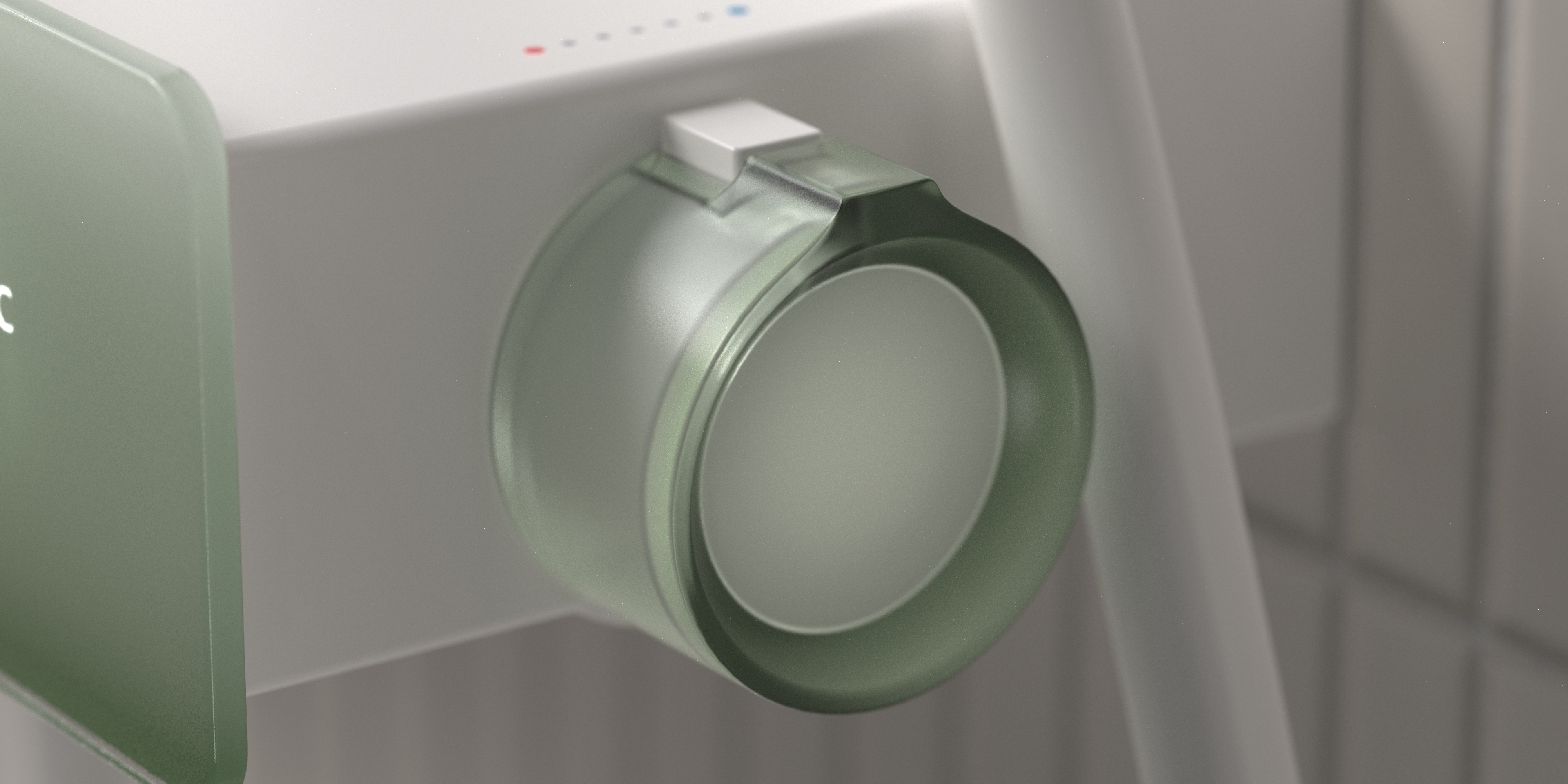
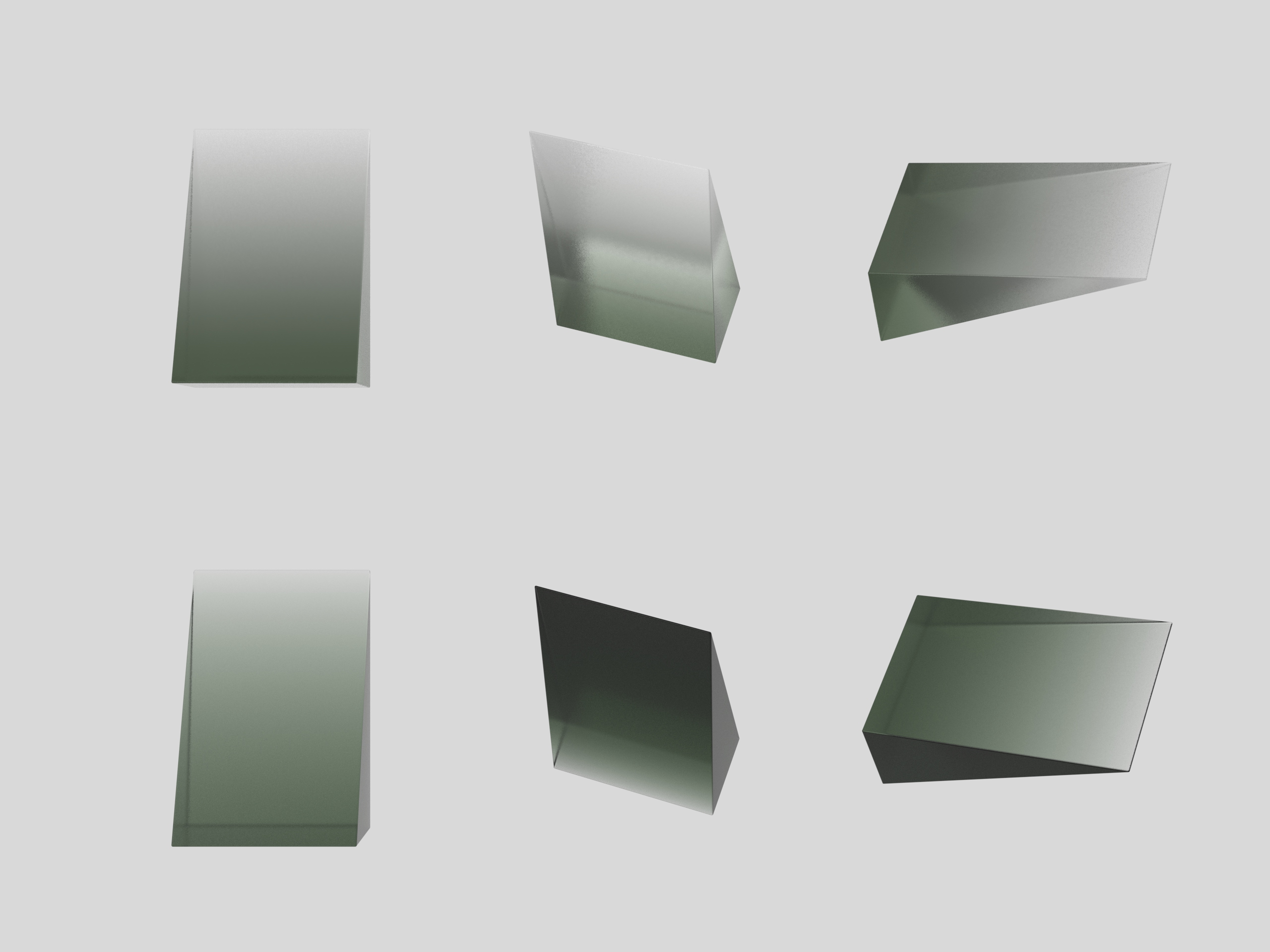
Gradient Through Translucency
Gradient effects are typically achieved by spray-painting transparent parts, but the paint sits only on the surface, remaining static as the viewing angle shifts. Translucent plastic, by contrast, exhibits limitless color variation, changing with material thickness and viewing angle.

Two Layers
The translucent material floats within the tensioned outer boundary, while the solid inner layer provides a striking contrast. Through two-shot injection molding, the two materials bind seamlessly, with reinforcing ribs and structural elements concealed inside.
Materiality Transcends Form
The previous concept was well received by the team but was not realized due to supplier limitations. In the subsequent project, I pursued a more radical attempt, making translucent material the very body of the product. If the earlier concept was like a lively stream, this one is like a lake in its stillness. Volumes offset to establish a tapering thickness across each face, resulting in a continuous color gradient throughout. A profound ambiguity emerges, transcending the confines of form to unfold an overwhelming material narrative.
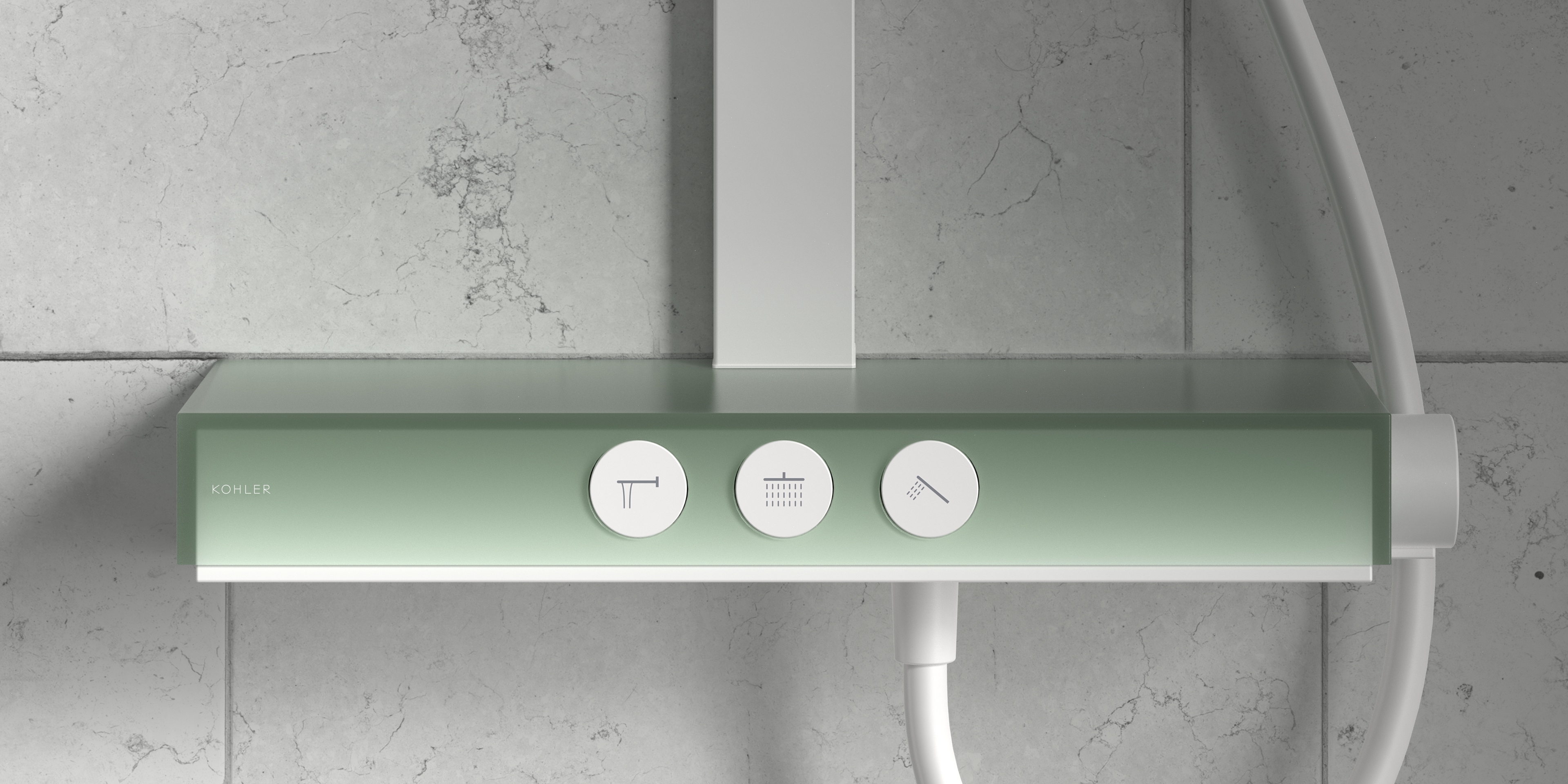
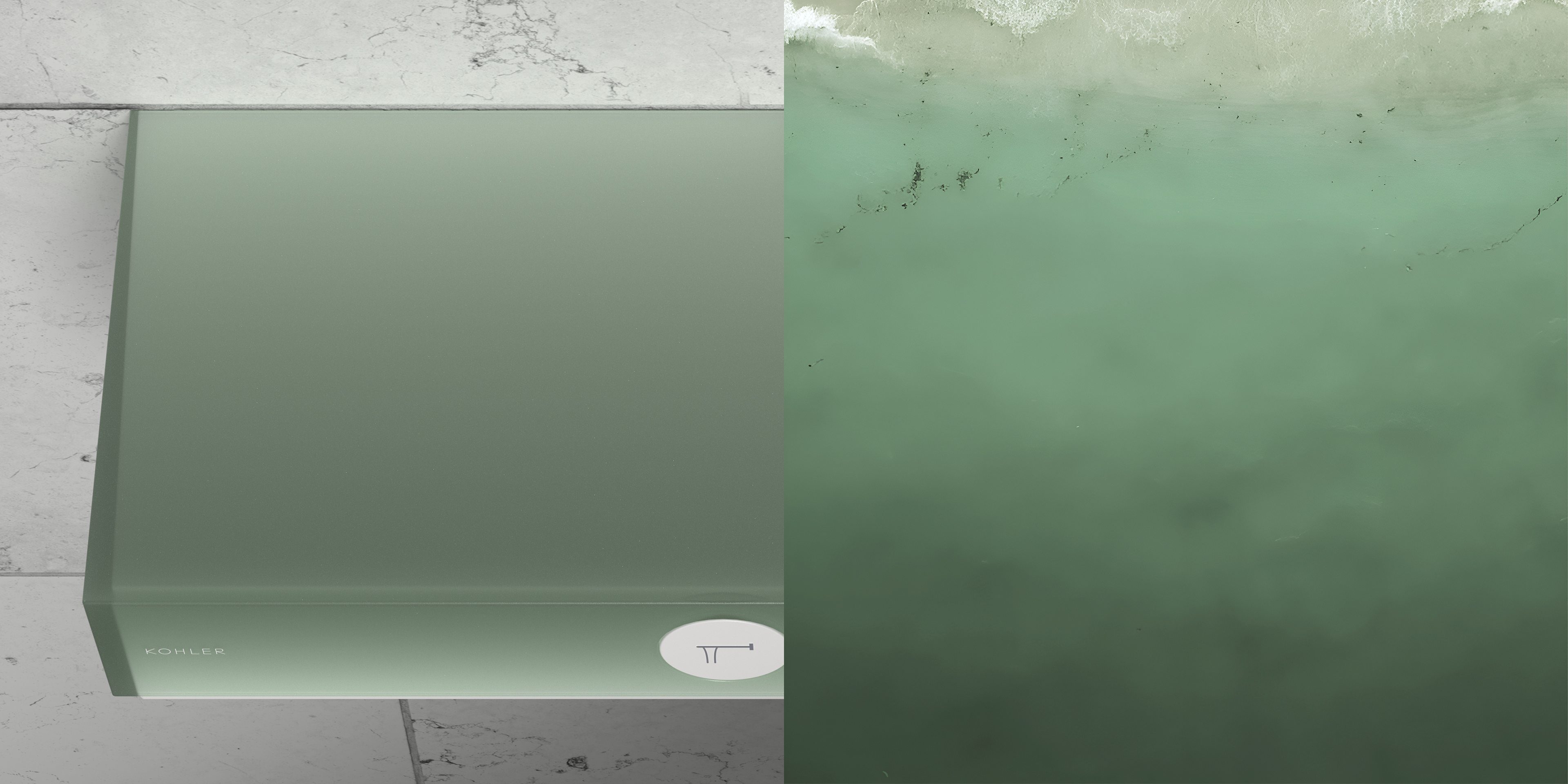

Solution to Manufacturing Challenges
The large thickness variation exacerbates thermal deformation, making it difficult to maintain flat surface. Using thermosetting material to do overmolding is one possibility, but the structural engineer proposed an alternative solution—designing the inner layer with a reverse taper so that, after the two-shot injection molding, a uniform thickness will be achieved, thereby reducing deformation.

